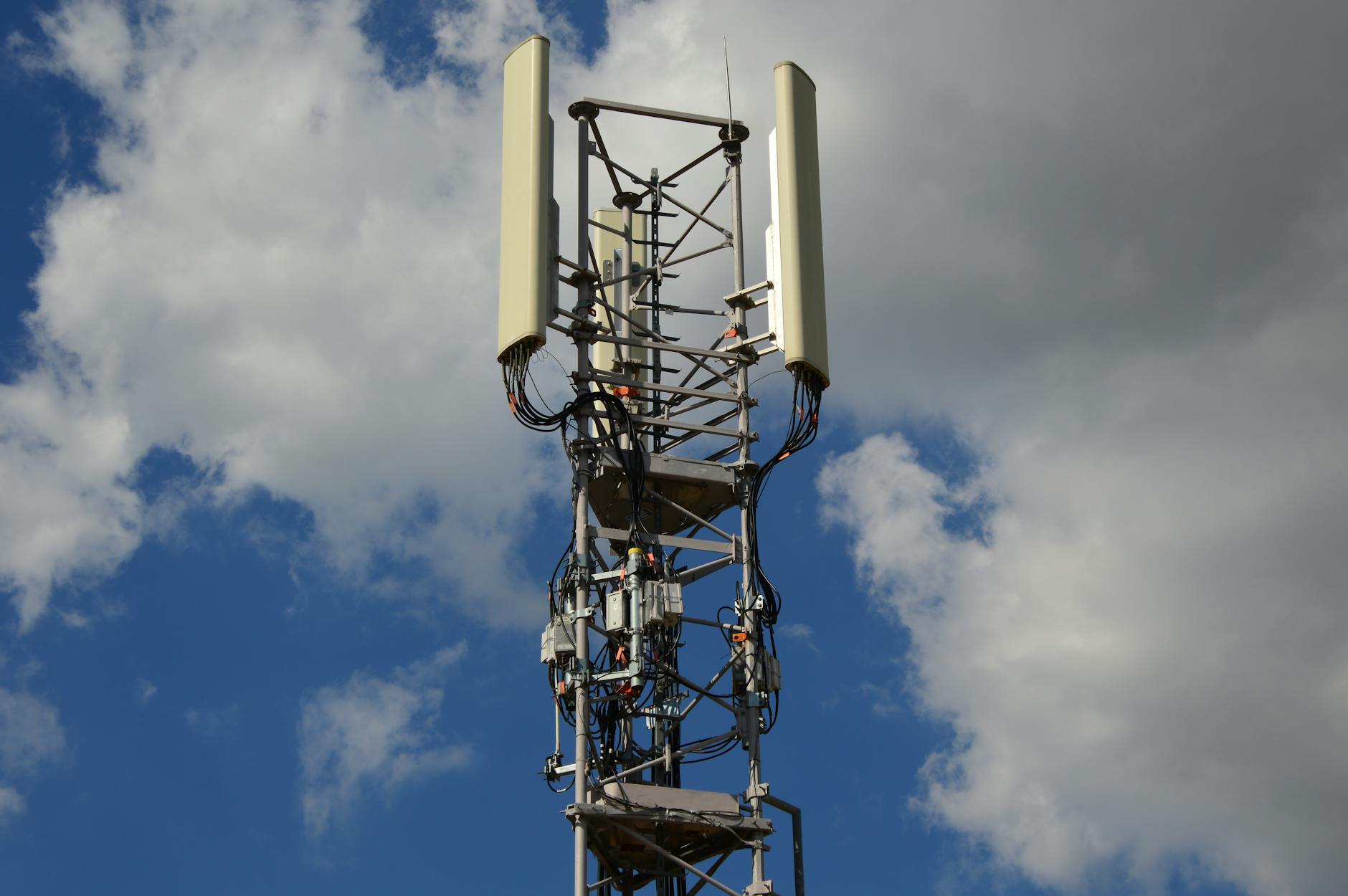Wireless Internet Showdown: 4G LTE vs. 5G for RV and Van Life
As RV and van life grow in popularity, reliable internet access has become a necessity for staying connected, working remotely, and navigating adventures. But choosing between 4G LTE and 5G can be tricky. Both technologies offer distinct advantages and drawbacks for mobile connectivity, and understanding these differences helps travelers make informed decisions. 4G LTE, the long-term evolution of wireless networks, has powered mobile internet for years, while 5G, the newest standard, promises faster speeds and lower latency. This article compares their performance, availability, cost, and suitability for remote living, guiding van lifers and RV enthusiasts through the trade-offs to choose the right option for their lifestyle.
Speed and Latency
Speed is one of the most obvious differences between 4G LTE and 5G. 4G LTE networks typically deliver download speeds of 20–100 Mbps in ideal conditions, sufficient for video streaming and web browsing but slower than 5G. 5G, on the other hand, boasts average speeds of 150–500 Mbps and can reach over 1 Gbps in select urban areas, enabling seamless activities like real-time video conferencing or game streaming. Latency—how quickly a device responds to a network request—also favors 5G, with sub-30ms response times compared to 4G LTE’s 30–50ms. For tasks like online transactions or vehicle sensors in connected RVs, this reduction is significant. However, these high 5G speeds often require being in close proximity to a mast, which isn’t always feasible while traveling.
Network Coverage and Reliability
Coverage remains a critical factor for mobile users. While 5G technology has advanced rapidly, its real-world reach lags behind 4G LTE. Many rural areas and highways still rely on 4G LTE infrastructure, which has broader tower penetration. 5G’s millimeter-wave frequency bands, for instance, are ideal for urban environments but degrade over distance and through obstacles like foliage or metal camper walls. In contrast, 4G LTE signals travel farther and pass through materials more effectively. Van lifers exploring remote terrains may find 4G LTE to be the consistent fallback, even as 5G speeds become accessible in cities. The choice here hinges on travel patterns: urban-centric routes benefit from 5G, while road-trippers need LTE’s reliability.
Device Compatibility and Practical Use
Compatibility and portability are also key considerations. Most existing RV Wi-Fi routers and dongles are designed for 4G LTE, making setup straightforward and cost-effective. 5G-enabled devices are newer, often pricier, and require updated hardware, including SIM cards and antennas tuned to 5G frequencies. Additionally, 5G routers are generally larger and consume more power, which could strain a van’s battery system. For basic tasks like email and document editing, 4G LTE is unlikely to leave users wanting. But for heavy data use—streaming 4K content, large file downloads, or cloud-based workflows—5G’s higher capacity and efficiency are indispensable. Testing local connectivity before committing to a 5G plan is wise for maximizing performance.
Cost and Plan Options
Cost dynamics further differentiate the two. 5G data plans often cost 20–50% more than comparable 4G LTE plans due to higher infrastructure expenses and demand for premium speeds. Fixed monthly fees for 4G LTE providers like XNET WIFI commonly range from $15–$35, while 5G “premium” plans can top $60 in some regions. Storage limits also matter: 4G LTE offers more generous data caps, with 50 GB of high-speed data at around $25/month, whereas many 5G providers throttle speeds after 40 GB for $30+ monthly.
| Feature |
4G LTE |
5G |
| Typical Download Speeds |
20–100 Mbps |
150–500 Mbps (up to 1 Gbps) |
| Latency |
30–50 ms |
Sub-30 ms |
| Data Plans (50 GB high-speed) |
$15–$25/month |
$30–$50+/month |
| Availability (remote areas) |
High |
Moderate to Low |
For budget-conscious travelers or those with minimal data needs, 4G LTE remains the smarter buy. 5G is superior only when low latency and speed outweigh coverage limitations and cost.
Final Thoughts and Recommendations
This showdown highlights the trade-offs between 4G LTE and 5G for mobile lifestyles. 4G LTE excels in coverage, cost, and device compatibility, making it the workhorse for van lifers and RVers who prioritize stability and affordability. 5G delivers unmatched speed and responsiveness, ideal for urban dwellers or those juggling data-intensive tasks. However, 5G’s limited reach and higher price may not justify the upgrade for frequent travelers. Hybrid solutions, like dual-band routers that support both 4G LTE and 5G, offer flexibility but come with added complexity and cost. Van lifers should prioritize their specific connectivity demands, travel geography, and budget before choosing a provider or plan. For now, 4G LTE remains the reliable cornerstone, while 5G offers potential but isn’t yet a universal solution. Assess your needs, test signal strengths in key locations, and pick the network that ensures your digital needs don’t jeopardize your on-the-road freedom.
Image by: Ulrick Trappschuh
https://www.pexels.com/@ulrick-t







